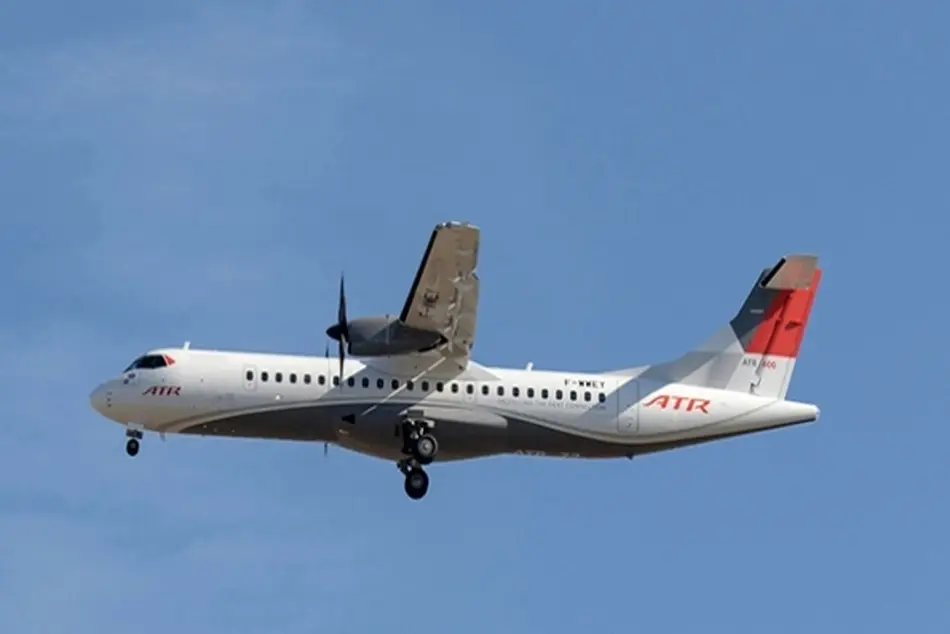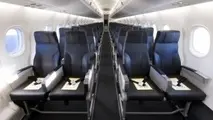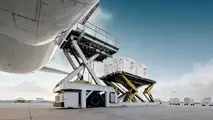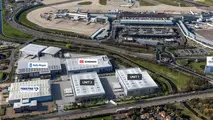ATR looks to US, China for new sales
Franco-Italian turboprop manufacturer ATR seems to be anticipating considerably lower sales this year than in 2017, following a briefing in London June 29 ahead of the Farnborough Air Show in mid-July.

Franco-Italian turboprop manufacturer ATR seems to be anticipating considerably lower sales this year than in 2017, following a briefing in London June 29 ahead of the Farnborough Air Show in mid-July.
ATR has an annual build rate of 80 aircraft. It received 113 orders in 2017 in what it classed as a very good year, giving a book-to-build ratio of 1.45:1. Indicating that sales this year are likely to be more modest, a spokesman said the company would be happy if the book-to-build ratio over the two-year 2017-18 period was 1:1. That would indicate that the company anticipates sales in the 40-50 range this year.
During the briefing, ATR VP-marketing Zuzana Hrnkova touched on two potentially important markets for the OEM, the US and China.
ATR believes startup carriers growing out of companies operating elsewhere in the aerospace sector may be the method by which small US cities that have lost their air services may have their connectivity restored.
Hrnkova noted, “In the US, increasingly, people from small communities have to drive five to six hours to get flights. We believe there’s a growing market for boutique carriers, for example, expanding out of MROs.”
ATR made a re-entry to the US market last year when Florida-based Silver Airways firmed an order for 20 ATR 42-600s from an initial LOI for 50 examples, trading up from its existing Saab 340 fleet.
Hrnkova said the manufacturer sees Silver Airways as a test case for the aircraft in the US, where she believes the market for new turboprops will largely be one of replacing existing aircraft. ATR said there are 250 turboprops more than 15 years old in the US that need to be replaced.
“The 50-seater market will experience important momentum with a number of 30-seater turboprops upgauging,” she said. These included Saab 340s and early-model Bombardier Dash 8s. Additionally, she said, a lot of regional jets were currently being used on very short sectors that would be better suited to a turboprop’s operating economics.
The European manufacturer said it has accounted for 37% of all regional aircraft firm orders (both turboprops and jets) for the period 2010-17 and that, in the turboprop sector over that period, it has won 75% of orders compared to 25% from its Canadian rival, the Bombardier Q400.
The European manufacturer will deliver its 1,500th aircraft in the next few months.
One major developing market is China. Hrnkova said that regional aircraft at present account for only 3%-5% of the country’s total commercial aviation fleet compared to 25% globally, “so there’s huge potential for regional development.”
China has previously developed its own regional turboprop, the Xian MA60, which has sold in modest numbers and has a spotty safety record. Xian is developing a new, 86-seat turboprop, the MA700, which is scheduled to fly for the first time in 2019 and start operational service around 2022.
Asked whether the Chinese government’s tendency to “encourage” Chinese airlines to buy indigenously produced models would block ATR’s sales hopes for the country, Hrnkova was optimistic: “Despite the Chinese turboprops, we have a lot of Chinese customers interested in ATRs, particularly the ATR 42.”
ATR had received feedback from Chinese investors that the local products were not well-perceived in the marketplace. The ATR -600 series is scheduled to receive certification from the Chinese authorities by the end of 2018, which will potentially open doors to new customers: “We believe it’s an addressable market,” Hrnkova said.



